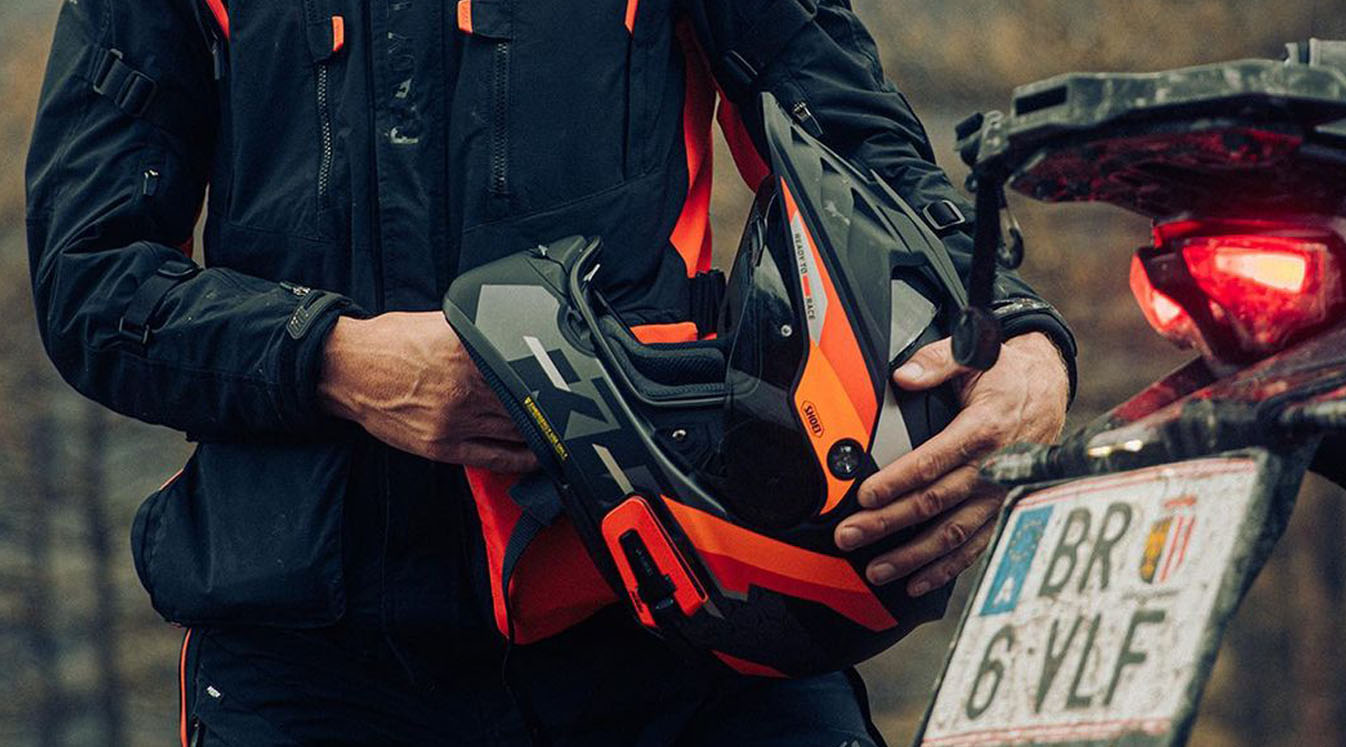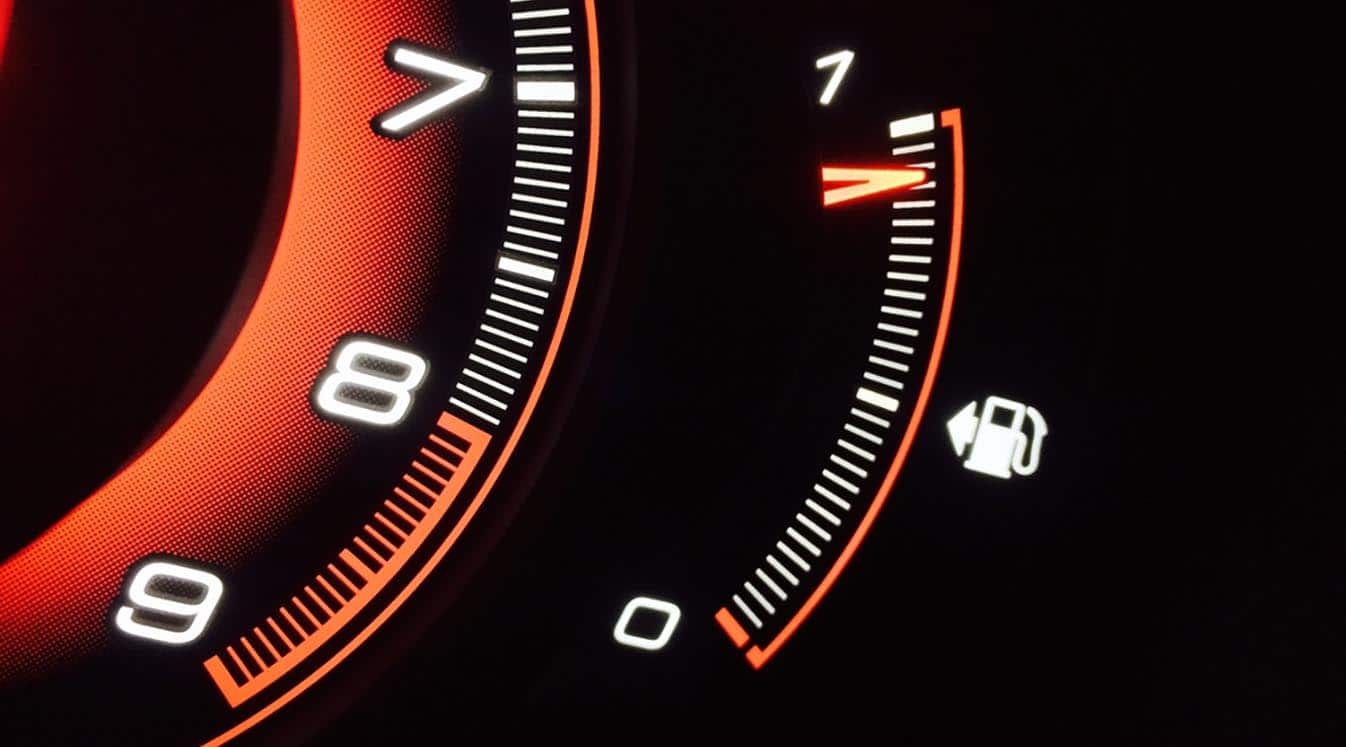What Are Motorcycle Helmet Speakers?
Let’s start with the basics. Motorcycle riders have always longed for the ability to communicate. Some of the earliest motorcycles came with built-in radios that let riders communicate over short distances. Police motorcycles were the most prominent example. The Harley-Davidson VL police model (’31-’33) had a one-way radio system. The receiver was mounted on the rear luggage rack with the speaker under the gas tank. Officers would often attach megaphones to the speaker when addressing the public. It took several years before two-way radios were small enough to fit onto a motorcycle. The police started using handheld and mounted CB radios when coordinating with other officers. These options were generally beyond the reach of most consumers unless they took the extra step of adding a radio. But a lot has changed since then.
Today, many motorcycles still come with built-in radios, not unlike those you’d find in modern vehicles. But the rider may have trouble hearing the radio over the sound of their bike, especially when traveling at high speeds. Their helmet may also cover their ears, further obstructing the sound. So, what is a rider to do?
Most riders use some form of motorcycle helmet speakers that fit into their helmet. Some helmets even come with built-in speakers. The speakers usually connect automatically to the radio for a better listening experience.

However, when it comes to communicating on a bike, most riders prefer to use Bluetooth helmet speakers. This technology sends information wirelessly across short distances using radio frequencies, including audio and text. It’s become the go-to choice for those riding in groups. Most devices will let you connect with several riders or more at the same time as well as your phone, so you can dial a call or send a text hands-free. Bulky tech and wires can be a hazard on the road. Bluetooth is in some cases voice-operated, so you don’t have to take your hands off your bike.
Bluetooth has been around for several decades, and these devices are getting cheaper and slimmer all the time. Just about every device we use is Bluetooth-compatible, so there’s a good chance your existing tech will work with your new speakers. Say goodbye to wires and hello to the future.
Trying to ride without some form of communication can feel like riding blind. If you don’t have speakers or a headset, you will need to pull over on the side of the road and keep your distance from traffic when using your phone or GPS. You should never try physically interacting with your phone while riding.
Is It Safe to Ride with Motorcycle Helmet Speakers?
Yes, it is safe to ride with motorcycle helmet speakers as long as the audio isn’t distracting you from what’s happening on the road.
Distracted driving remains the leading cause of motorcycle accidents. What is distracted driving on a motorcycle? It means visually taking your eyes off the road, manually taking hands off the handlebars or focusing mentally on anything other than what’s happening around you.
Find the Perfect Motorcycle Bluetooth Headset Online
So, what does that mean for wearing speakers?
You can still listen to music or carry on a conversation while paying attention to the road. You should be able to wirelessly connect to your device or other riders using your only your voice, so you don’t have to physically reach for the device or take your eyes off the road while driving.

A wireless communication system just might save your life in you get into an accident, as you may be unable to physically reach for your device if you are injured or pinned under your bike. You can use your voice to quickly call for help or check in with your loved ones to let them know where you are. This will give your family and friends some extra peace of mind.
Adjust the volume so that you can still hear the sounds of the other cars around you as well the sound of your engine to make sure your bike is running properly.
You should never sacrifice safety for comfort when riding a motorcycle. Your wireless communication speakers should fit into your helmet without limiting your view or range of motion. Remember to wear all the necessary safety gear, including a helmet, gloves, jacket and boots. Your speakers or listening device shouldn’t get in the way of this gear. If you need to adjust or interact with your device, you shouldn’t have to take off your riding gear to do so.
Queue up your favorite album or playlist before you depart. You can also pull up your route on the GPS, so you have everything you need for your trip.
Is It Legal to Ride with Motorcycle Helmet Speakers?
In most states, it is completely legal to use motorcycle helmet speakers. That said, even if these devices can help keep you safe, some states don’t want riders rocking out to music while driving.
Every state has its own laws and regulations regarding motorcycle speakers, so be sure to check with your local state before hitting the road. While most states allow riders to use motorcycle speakers, these laws can get fairly wonky at times. For example, it is legal to wear a listening device over one ear in California, but not both. In Missouri, it is legal to wear headphones; however, the state advises against it. In Illinois, headphones are illegal, but you can wear a single Bluetooth earbud. You may incur steep fines for violating these laws, so do your research ahead of time.
Connect to Up to 15 Riders with a Bluetooth Motorcycle Headset

Considerations When Choosing Motorcycle Helmet Speakers
Now that you know a thing or two about helmet speakers, it’s time to think about getting a pair for yourself. Keep these considerations in mind when looking around for the best deal.
Coordinating with Your Group
If you’re riding with a group, you need to make sure everyone’s on the same page and using the same kind of technology. It’s best to make sure each rider has access to their own Bluetooth motorcycle helmet so they can communicate with the group.
You likely won’t be able to hear each other over the sound of your engines and no one should be using hand signals when operating a motorcycle, so it’s best to use wireless communication instead.
Traditional Bluetooth may not be enough for your team. This technology forms a direct link between you and the next closest rider behind you. That person is then connected to the next closest rider and so on until every rider is linked in the chain. However, you will lose the signal altogether when one of your companions leaves the formation, which can easily happen when merging or navigating through traffic. To reconnect, the leader will need to refresh the Bluetooth connection and restart the link from scratch.

Dynamic mesh communication (DMC) creates a direct link between you and every other rider in the group. Every rider has their own direct link to everyone else, so you won’t lose the signal as your formation changes. Find a motorcycle Bluetooth headset that uses DMC for a more secure connection on the road.
Budget and Price
You’ll need to spend a bit of money to keep everyone connected. Owning a motorcycle is already expensive, so try to find the best value without spending more than you need to. Avoid paying for features that you won’t use and focus on the ones that matter most. You shouldn’t choose a poor-quality headset just to save money, especially if you need to communicate frequently on the road.
You can save money by buying this equipment in bulk. Encourage everyone to buy the same brand or type of device to make sure they will be compatible.
Comfort and Usability
Safety and comfort go hand in hand. The device should fit into your helmet without obstructing your view of the road. Most devices clip onto the helmet, so you can place it wherever you like. The helmet should fit over the speakers without hurting your ears. The speakers should be close to your ears so you don’t have to blare the volume. Look for headsets with quality speakers from brands that you trust, such as JBL or Bose. The receiver should be close to your mouth so your companions can hear you. Make sure the device comes with voice recognition for hands-free communication.

It’s best to keep things simple on the road. The device should be compact with easy-to-use controls. For example, the Cardo headset has Bluetooth and speakers in the same device so you only need one attachment to communicate.
Choose a Motorcycle Bluetooth Helmet Based on Your Riding Needs
If you want to connect your phone to your headset, consider mounting your device on your handlebars. You can check the map for directions in a split second without physically touching your device.
You should also be able to quickly reset the connection and adjust the volume without removing your gloves. Keep the device in close range in case you need to access the controls.
Helmet Compatibility
The headset should also be compatible with the specific make and model of your helmet. Many speakers are universally compatible, so you can use them with different types of helmets.
However, you will need to purchase a half helmet Bluetooth headset if you don’t have a full-face helmet. This kit comes with an adjustable boom mic. Position the mic close to your mouth without obstructing your view of the road.

Riding Durability
Most Bluetooth devices aren’t designed for the open road. Your equipment will likely get wet from time to time. There’s also a chance you could drop it into a puddle. The clip should keep the device securely attached to the inside of your helmet for less exposure to the elements, but you should still invest in a device that will last the test of time. It should be completely waterproof and be able to withstand some everyday wear and tear.
Legal Requirements
Research your local riding laws before you buy a motorcycle headset. Make sure your chosen headset complies with the law. For example, you should be able to use one speaker instead of two if that’s all your state allows. Some states also differentiate between headphones, which wrap around the entire ear, and earphones, which sit next to the ear without completely blocking it. You should never use a device that cancels out the sounds of the road. You still need to listen for honking horns or strange sounds that indicate something is wrong with your bike.
Use this information to find the perfect motorcycle headset for you and your group. Riding is so much more fun when you can communicate with your companions.





